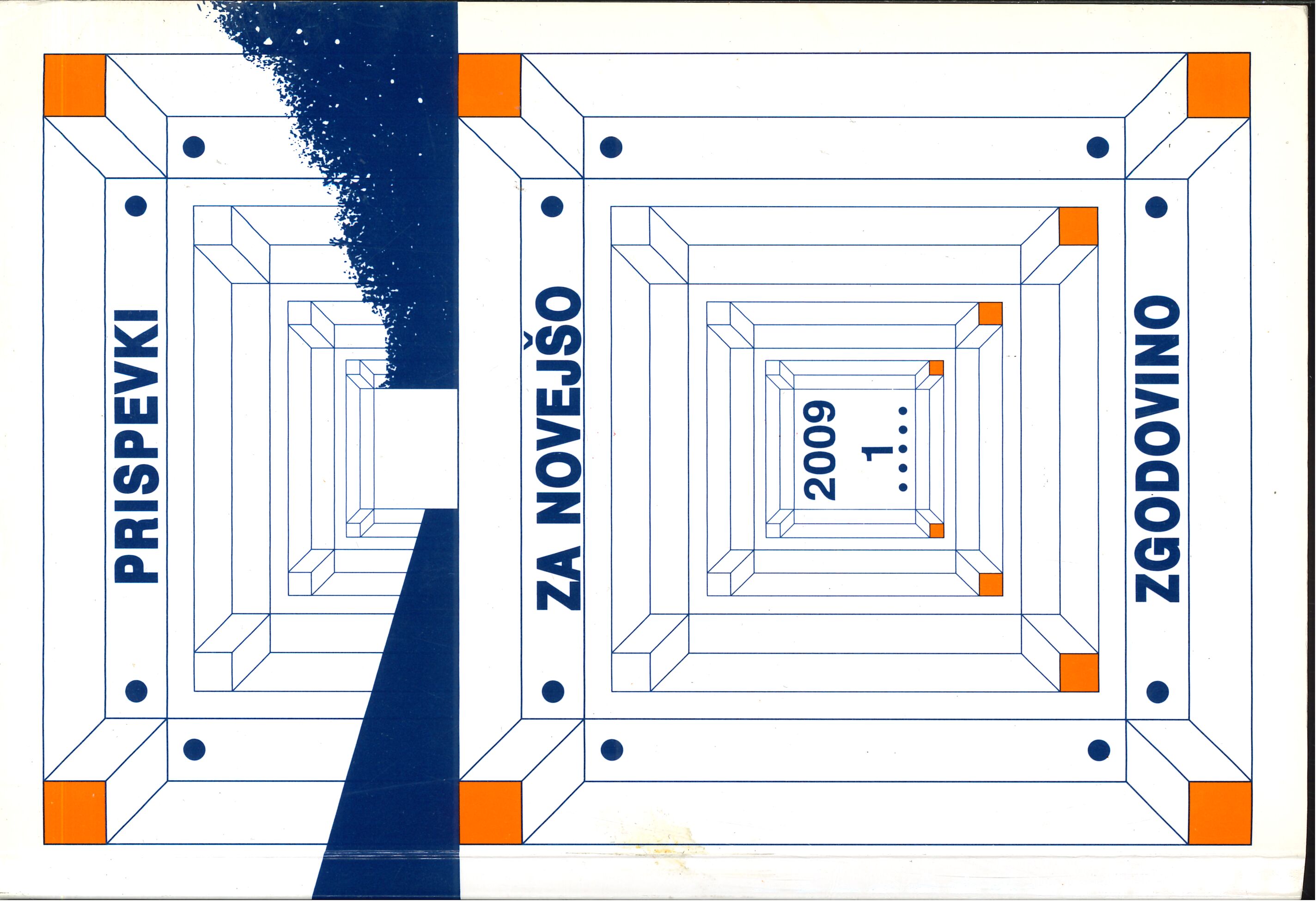Economy of the Primorska Region and the Postojna County between both World Wars
Keywords:
Primorska, Notranjska, gospodarstvo, slovensko-italijanski gospodarski odnosi, etnična bonifikacija, Zavod E. R. A. (Ente per la Rinascita delle tre Venezie), italijanska kolonizacija, Postojna, Pivka, lesna industrija, Windischgraetz, SICLA, Postojnska jamaAbstract
After the end of World War I, the economic life in the Primorska and Notranjska regions started to take a different turn than in the homeland. With the Italian occupation, new limitations were imposed on the economic activities, which was why these parts ended up in a worse and especially subordinate position than the other Italian provinces. The economic policy of the Italian government was an even more fatal detriment for the further development of these regions. Namely, the Italian government endeavoured to take advantage of these lands' economic resources as much as possible, while systematically undermining the economic power of the Slovenian population. Three factors influenced the economic development of the Postojna county in the interwar period: the first one was the strategic position of this territory; the second the methodical Italian colonisation; while the third factor, which also promoted the economic development in a certain aspect, were the border and cross-border connections. From 1918 to 1941, a significant share of Yugoslav goods was taken to Italy through the transport paths of the Postojna county, which represented the way to the Northern Italian industry.
Downloads
Published
Issue
Section
License
Authors who publish with this journal agree to the following terms:
- Authors retain copyright and grant the journal right of first publication with the work simultaneously licensed under a Creative Commons Attribution License that allows others to share the work with an acknowledgement of the work's authorship and initial publication in this journal.
- Authors are able to enter into separate, additional contractual arrangements for the non-exclusive distribution of the journal's published version of the work (e.g., post it to an institutional repository or publish it in a book), with an acknowledgement of its initial publication in this journal.
- Authors are permitted and encouraged to post their work online (e.g., in institutional repositories or on their website) prior to and during the submission process, as it can lead to productive exchanges, as well as earlier and greater citation of published work (See The Effect of Open Access).


